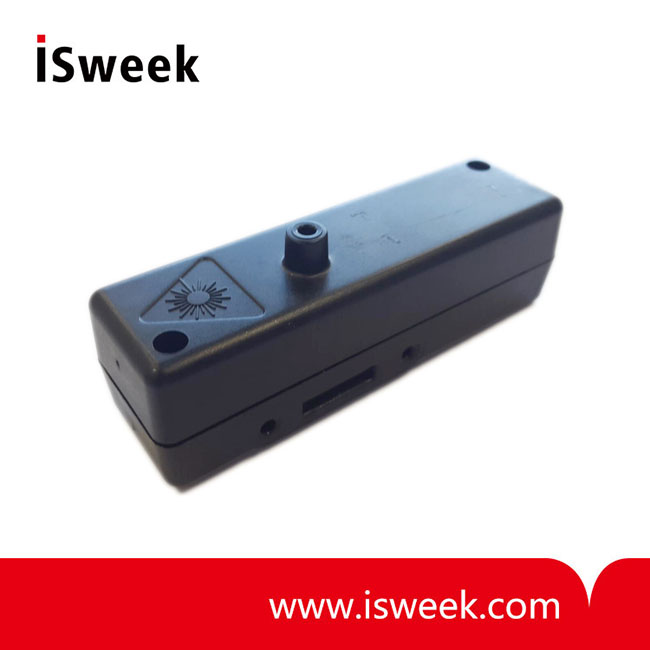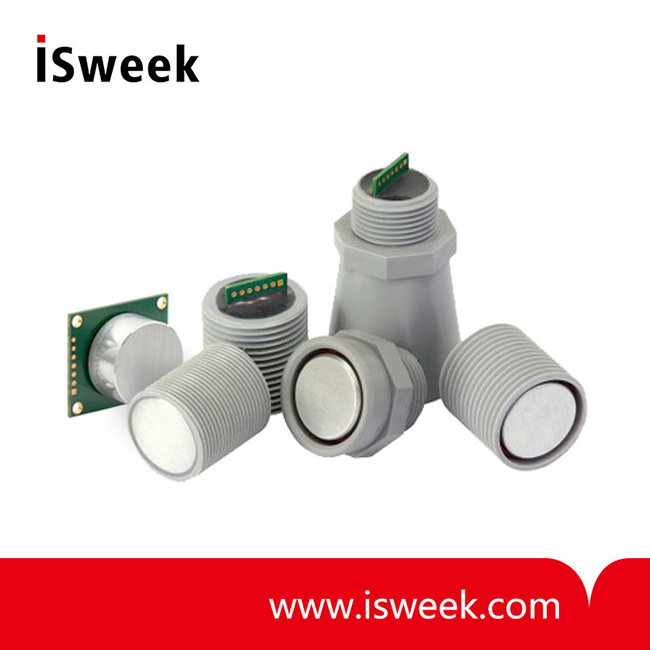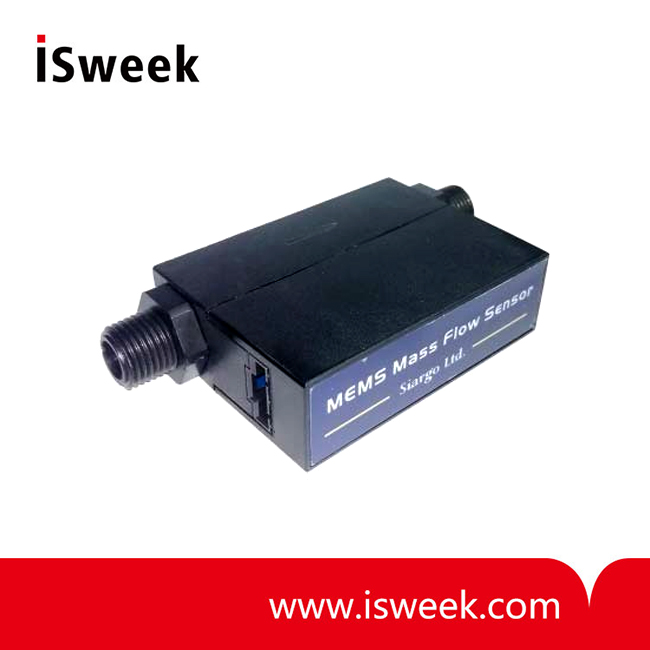The rapid evolution of artificial intelligence (AI) is transforming industries, from predictive maintenance to climate resilience. At the core of this transformation lies a critical yet often overlooked component: gas sensors. These devices serve as the bridge between the physical world and AI systems like DeepSeek, converting chemical data into actionable insights. As AI models grow smarter, their reliance on real-time, high-fidelity sensor data becomes paramount. This article explores how gas sensors are powering the next generation of AI solutions, enabling safer workplaces, sustainable cities, and intelligent automation—all while addressing the challenges of data accuracy and scalability.
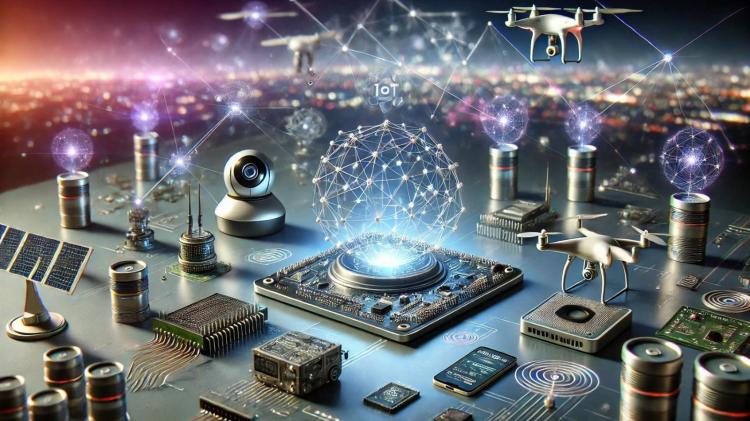
1. Gas Sensors: The Data Foundation for AI Precision
AI models such as DeepSeek require high-fidelity, real-time data to deliver reliable predictions. Gas sensors bridge the physical and digital worlds, ensuring AI decisions are rooted in reality.
Industrial Safety & Predictive Maintenance
-
Figaro TGS2611 Methane Sensor
In mining and chemical plants, methane leaks pose catastrophic risks. The TGS2611 detects methane at ppm-level precision, feeding data to DeepSeek’s predictive algorithms. For example, in underground tunnels, real-time methane monitoring triggers AI-driven ventilation adjustments, reducing explosion risks.
![]()
-
Alphasense NO2-B43F Nitrogen Dioxide Sensor
The NO2-B43F sensor is a critical tool for industries reliant on combustion processes, such as power generation, chemical manufacturing, and oil refineries. By deploying this sensor, factories can continuously monitor nitrogen dioxide (NO₂) emissions—a byproduct of combustion that poses significant health and environmental risks.

The sensor’s high accuracy and stability (with a measurement range of 0–20 ppm and a response time under 80 seconds) enable real-time detection of NO₂ concentration changes. When integrated with AI platforms like DeepSeek, the sensor’s data stream is analyzed to automate compliance reporting, ensuring adherence to regulations such as the EU Industrial Emissions Directive. For example, in oil refineries, the NO2-B43F detects pipeline leaks and feeds data to DeepSeek models, which predict corrosion rates and trigger maintenance protocols. This reduces downtime and cuts operational costs through optimized filtration system adjustments.
Environmental Monitoring
-
GSS COZIR-A CO₂ Sensor
In smart agriculture, the COZIR-A sensor tracks greenhouse CO₂ levels. DeepSeek’s lightweight models (e.g., DeepSeek-R1) process data to automate ventilation, balancing crop yield optimization with energy efficiency.
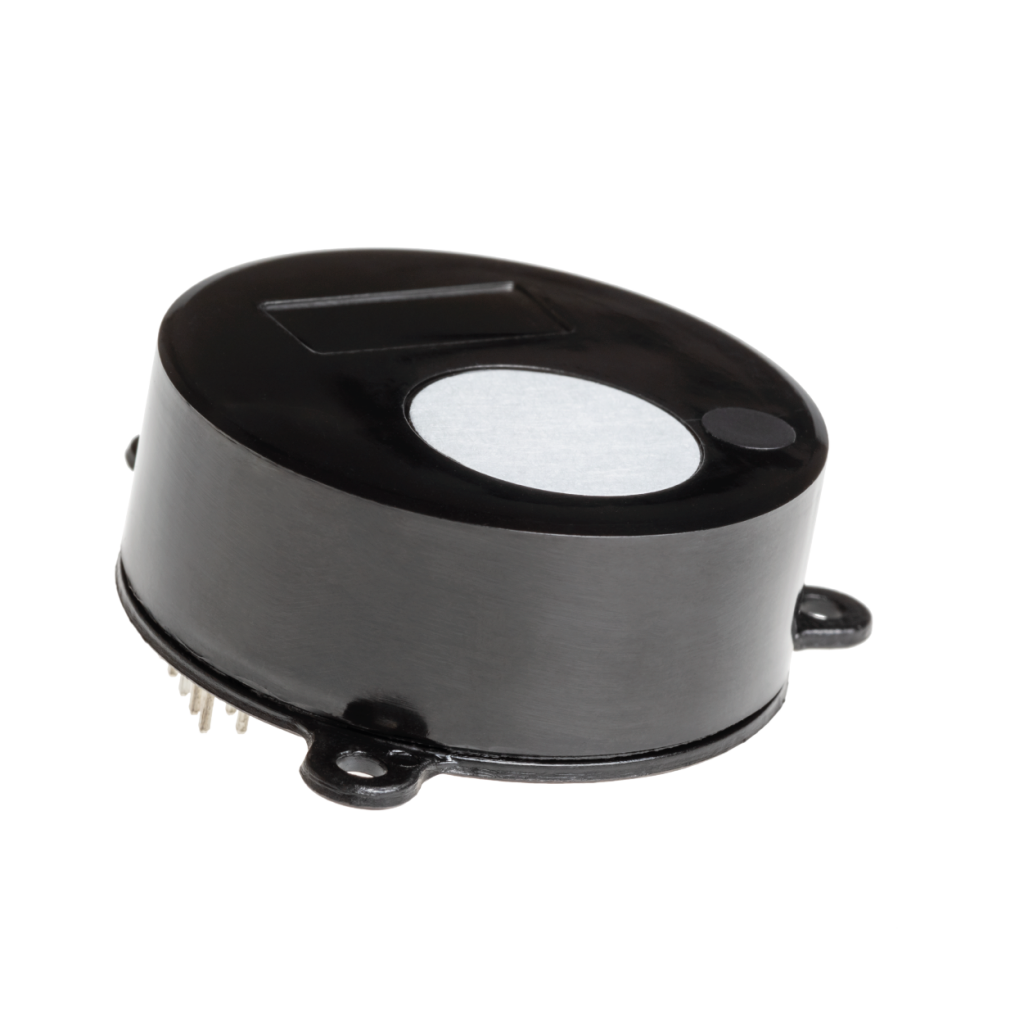
2. Edge AI: Compact Sensors for Decentralized Intelligence
Edge artificial intelligence(Edge AI) refers to the deployment of AI algorithms and AI models directly on local edge devices such as sensors or Internet of Things (IoT) devices, which enables real-time data processing and analysis without constant reliance on cloud infrastructure.
Simply stated, edge AI, refers to the combination of edge computing and artificial intelligence to execute machine learning tasks directly on interconnected edge devices.
DeepSeek’s edge-compatible models (e.g., DeepSeek-R1) demand low-power, high-accuracy sensors to thrive in decentralized environments.
Wearable Health Tech
-
Alphasense H2S-AE Hydrogen Sulfide Sensor
Integrated into industrial safety wearables, the H2S-AE sensor detects toxic gas exposure. DeepSeek analyzes data to alert workers and recommend evacuation routes, enhancing workplace safety.
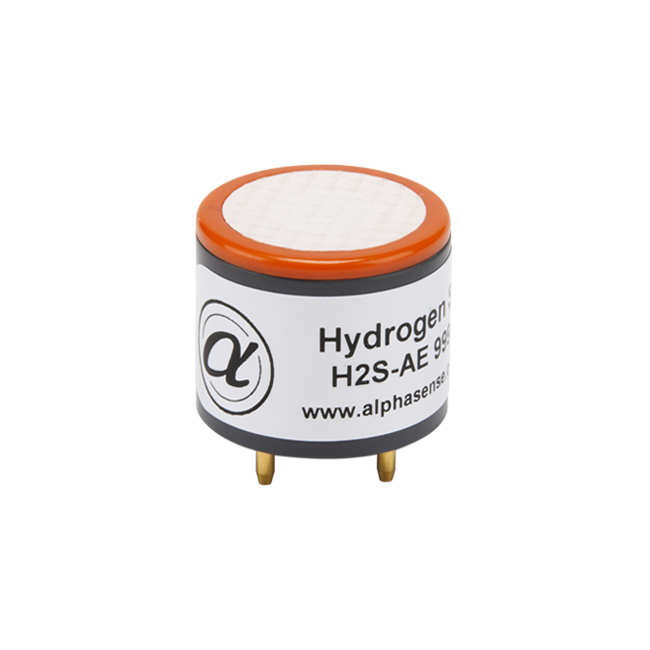
Smart Cities & Air Quality
-
Alphasense CO-AX Carbon Monoxide Sensor
In urban air quality networks, the CO-AX sensor monitors CO levels. DeepSeek processes city-wide data to generate pollution forecasts, guiding traffic management and public health policies.

3. Industrial IoT: AI-Sensor Synergy in Action
Energy Efficiency & ESG Compliance
-
Figaro TGS6814in Landfills
Methane emissions from landfills are tracked using the TGS6814 sensor. DeepSeek converts data into carbon credit forecasts, aiding ESG compliance and reducing regulatory fines.
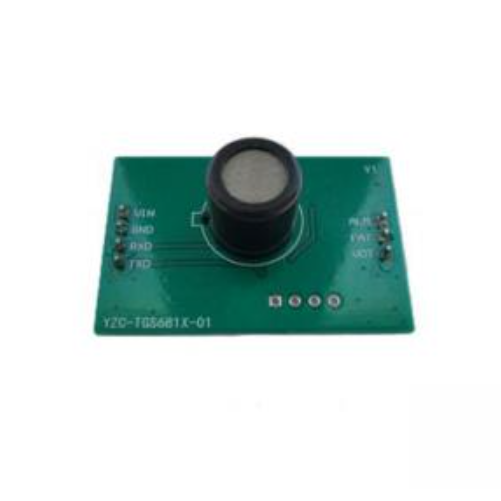
Safety Compliance
-
Figaro TGS8410 in Oil Refineries
The TGS8410 sensor detects methane leaks in pipelines. DeepSeek predicts corrosion rates and triggers maintenance protocols to reduce downtime.

4. Data Integrity: Combating AI Hallucinations
DeepSeek’s reliability depends on sensor-validated data. For instance:
-
Alphasense NO2-B43F in Urban Monitoring
The Alphasense NO2-B43F provides ISO-certified NO₂ measurements critical for urban air quality management. Integrated with DeepSeek’s AI analytics, the sensor’s data generates EU-compliant air quality reports, reducing regulatory risks and avoiding AI “hallucinations” (erroneous AI inferences) by grounding predictions in real-world data. For example, in London’s Low Emission Zone (LEZ), the sensor monitors traffic-related pollution, enabling DeepSeek to optimize traffic light sequencing and reroute vehicles during peak hours to bring NO₂ levels down in pilot zones. The sensor’s rapid response time (<80 seconds) also supports emergency scenarios—during industrial incidents, it triggers real-time public alerts via AI-driven platforms, ensuring swift community protection. With long-term stability in harsh environments, the NO2-B43F delivers reliable data for city-wide IoT networks, making it indispensable for sustainable urban planning.
5. Future Trends: Self-Learning Sensors & AI Democratization
As DeepSeek drives AI affordability, sensors are evolving to match:
-
Self-Calibration
The next generation of the Figaro TGS2600 will use DeepSeek’s anomaly detection to auto-calibrate, thereby significantly reducing maintenance costs.

-
Multi-Sensor Fusion
Alphasense’s H2S-AE and NO2-B43F work in tandem with DeepSeek to analyze complex gas mixtures, improving accuracy in chemical plants.
Conclusion: Building a Smarter, Safer Future with AI and Gas Sensors
The synergy between gas sensors and AI models like DeepSeek is reshaping industries and redefining what’s possible. By translating real-world chemical data into precise digital signals, gas sensors ensure AI systems operate with reliability and accountability—whether predicting industrial hazards, optimizing urban air quality, or enabling autonomous decision-making.
As AI continues to democratize access to advanced analytics, the role of gas sensors will only grow more vital. Innovations such as self-calibrating sensors and multi-sensor fusion promise to further enhance AI’s capabilities, reducing maintenance costs and improving predictive accuracy. Meanwhile, the push for edge AI solutions demands sensors that balance power efficiency with uncompromising performance, ensuring seamless integration into smart devices and IoT ecosystems.
For businesses, this convergence represents a transformative opportunity. Leveraging gas sensors in AI-driven workflows not only mitigates risks but also unlocks new efficiencies—from reducing carbon footprints to streamlining regulatory compliance. The future belongs to organizations that harness this dual power: the analytical prowess of AI and the grounded realism of sensor data.



